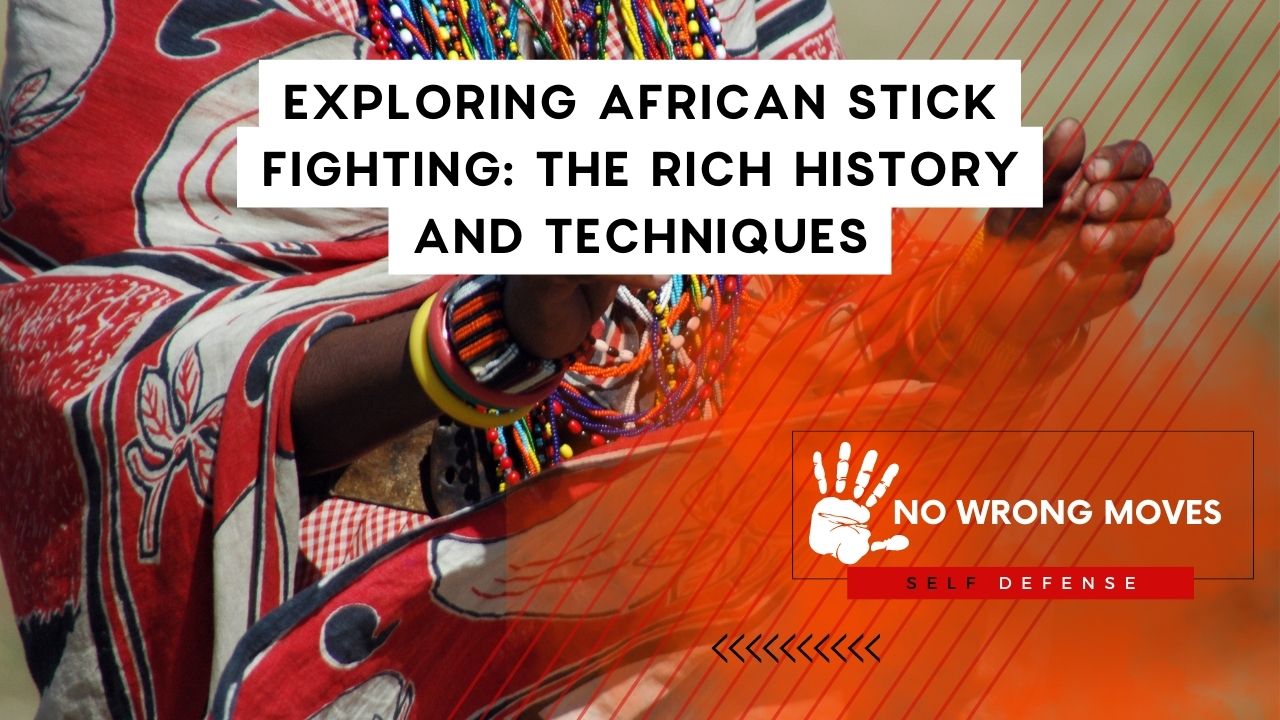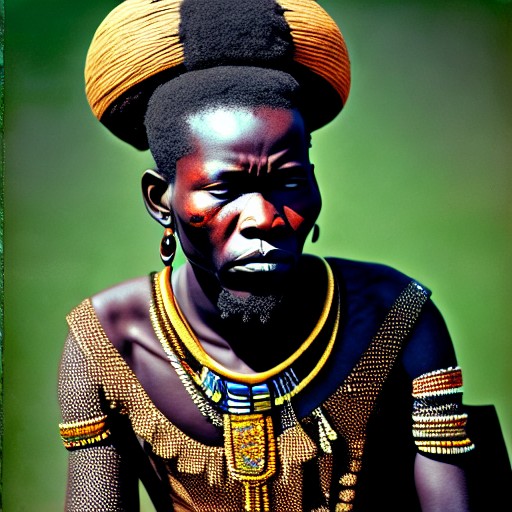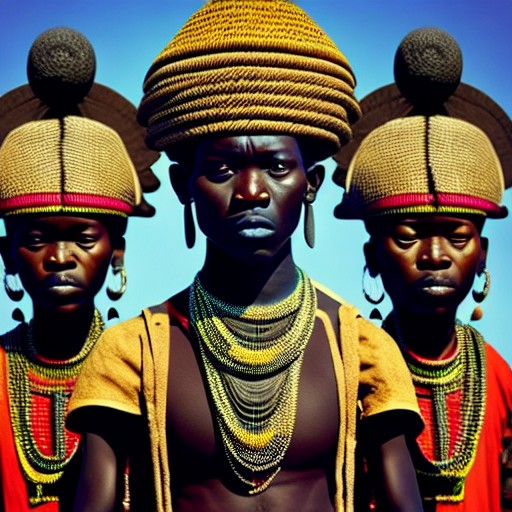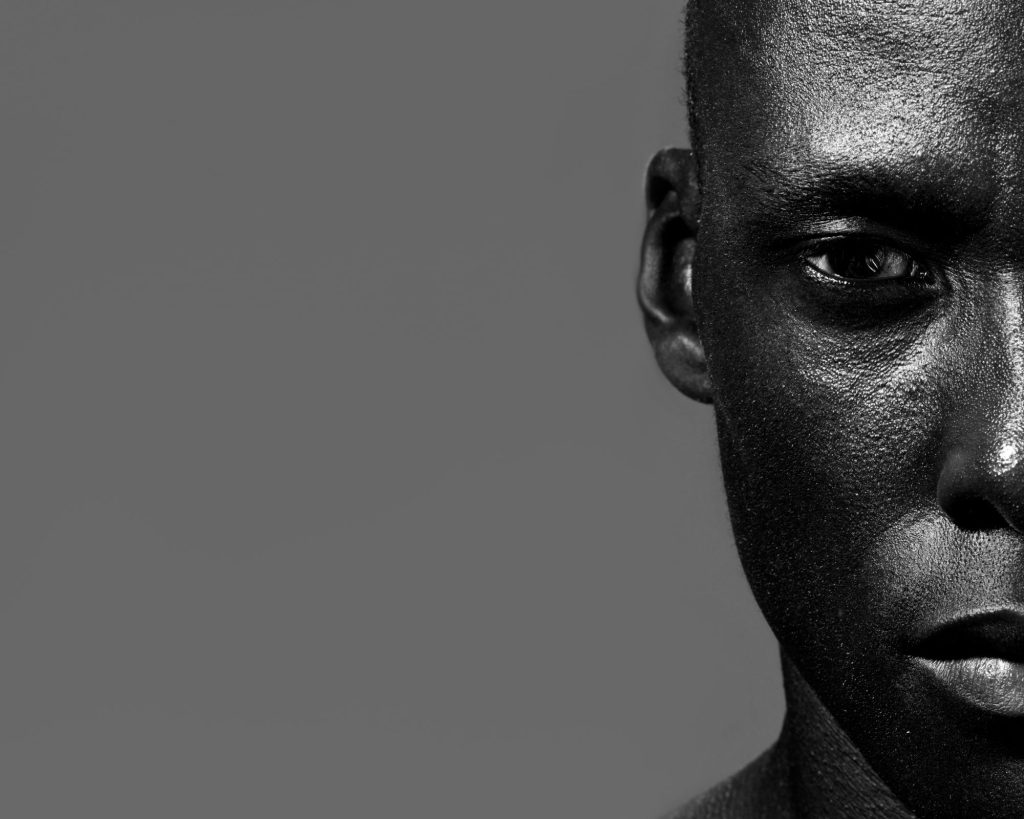
We are thrilled to take you on a journey through the fascinating world of African stick fighting, a traditional martial art that has been practiced on the continent for centuries.
From the deserts of the Sahara to the forests of the Congo, stick fighting has been a popular and effective means of self-defense and warrior training for African communities.
Stick fighting is not a single style, but rather a term used to describe a wide variety of martial arts that use sticks or other blunt objects as weapons.
These styles are often closely linked to the history, culture, and geography of the communities in which they originated. In this article, we will explore the rich history and techniques of some of the most prominent African stick fighting styles.
History of African Stick Fighting

African stick fighting has a long and complex history, with evidence of its practice dating back to ancient times.
In many African cultures, stick fighting was an integral part of traditional rites of passage for young men, who were required to demonstrate their strength, courage, and skill in combat before being recognized as full members of their communities.
The use of sticks as weapons also played a significant role in many historical conflicts on the African continent. For example, during the Zulu Wars of the late 19th century, the Zulu warriors were known for their formidable skill with the iklwa, a short stabbing spear that was often used in conjunction with a fighting stick.
In modern times, African stick fighting has experienced a resurgence in popularity, as more and more people seek to connect with their cultural heritage and explore the benefits of traditional martial arts training.
Techniques of African Stick Fighting
As mentioned earlier, African stick fighting encompasses a wide range of styles and techniques, each with its own unique characteristics and origins. However, there are some common elements that are shared by many of these styles.
One of the key techniques in African stick fighting is footwork. Good footwork is essential for maintaining balance and mobility during combat, and is often used to create openings for strikes or to evade an opponent's attacks.
Many African stick fighting styles place a heavy emphasis on circular footwork, which allows the fighter to move quickly and unpredictably.
Another important aspect of African stick fighting is the use of feints and misdirection. These techniques are used to deceive an opponent and create openings for attacks. For example, a fighter may feint a strike to the head, only to follow up with a quick strike to the knee or shin.
In addition to footwork and feints, African stick fighting also places a strong emphasis on striking techniques. Fighters typically use a combination of thrusts, swings, and strikes to target their opponent's head, limbs, and body. Many styles also incorporate grappling techniques, such as joint locks and throws, to take an opponent to the ground.
Prominent African Stick Fighting Styles

There are many different styles of African stick fighting, each with its own unique history, techniques, and cultural significance. Here are just a few of the most prominent styles:
- Nguni Stick Fighting - This style originated in southern Africa and is known for its use of the iklwa spear and fighting stick. Nguni stick fighters use quick, circular footwork and powerful strikes to overwhelm their opponents.
- Dambe Boxing - Dambe is a traditional form of boxing that originated in Nigeria. Fighters wrap one hand in a tightly wound cloth to form a makeshift fist, while the other hand is used to hold a large stick or club.
Dambe fighters often compete in organized tournaments, and the sport has gained a large following in recent years. - Lutte Traditionnelle - This style of wrestling, which originated in Senegal, combines elements of stick fighting with grappling techniques. Fighters wear traditional garb and use a combination of throws, locks, and strikes to gain the upper hand in combat.
- Engolo - Engolo is a martial art that originated in Angola and is known for its acrobatic kicks and footwork. Fighters use a long wooden staff as a weapon and perform a variety of flips and spins to evade their opponent's attacks.
- Nuba Fighting - This style originated in Sudan and is known for its use of long, flexible sticks that are made from tree branches. Nuba fighters use fast, fluid movements to strike their opponents from a distance and are known for their agility and grace in combat.
Benefits of African Stick Fighting

Aside from its rich cultural and historical significance, African stick fighting also offers a wide range of physical and mental benefits. Regular training in this martial art can help to improve balance, coordination, strength, and cardiovascular health.
It can also promote discipline, focus, and self-confidence, as well as providing an outlet for stress and anxiety.
Moreover, African stick fighting is an excellent way to connect with African culture and heritage, and to learn about the diverse traditions and practices of different communities across the continent.
Conclusion

In conclusion, African stick fighting is a fascinating and complex martial art with a long and rich history. From the powerful thrusts and circular footwork of Nguni stick fighting to the acrobatic kicks and flips of Engolo, there are many styles and techniques to explore.
Whether you are interested in learning more about African culture, improving your physical fitness, or simply looking for a new and exciting form of martial arts training, African stick fighting has something to offer.
So why not give it a try and discover the rich history and techniques of this ancient and storied martial art?
[author-box-jpx-fitness]
